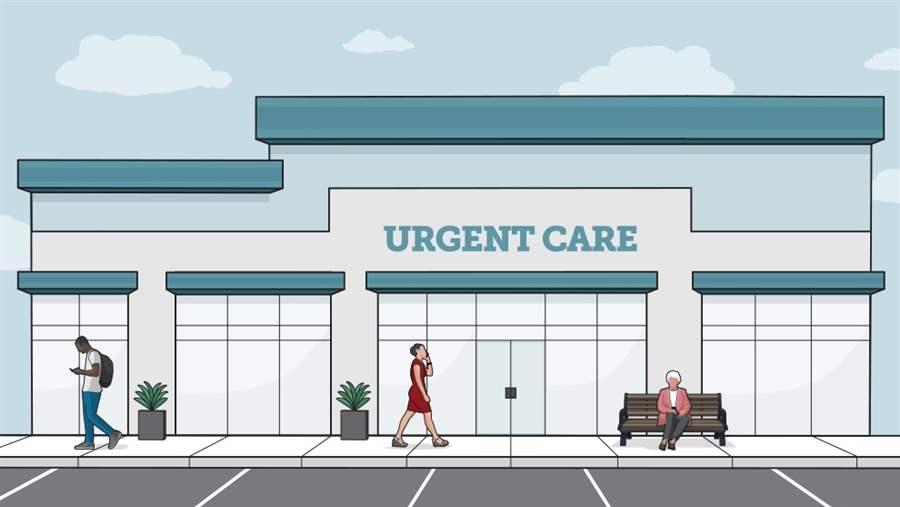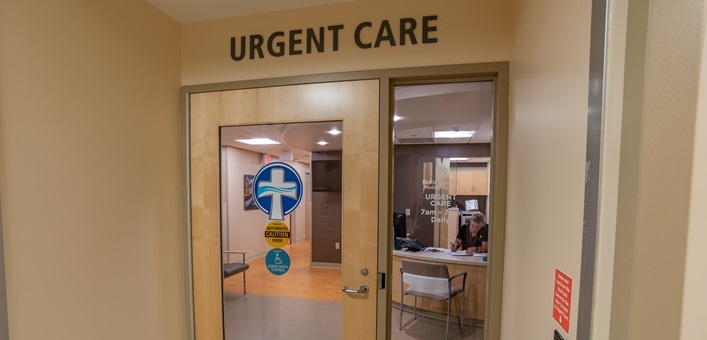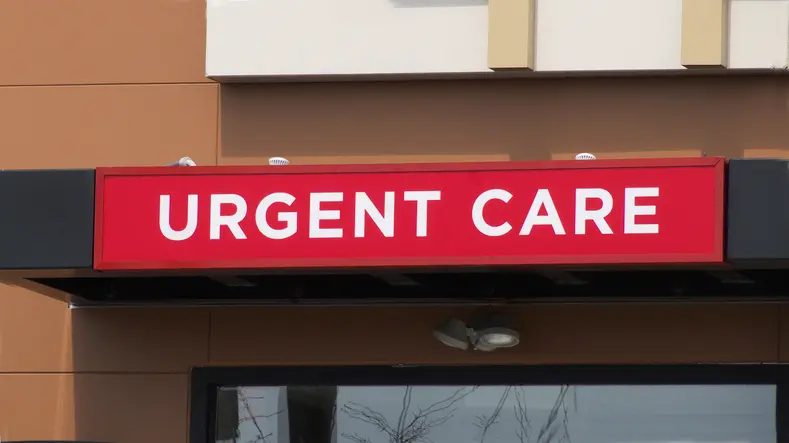Leading Factors to Pick Urgent Care Over the Emergency Clinic
Leading Factors to Pick Urgent Care Over the Emergency Clinic
Blog Article
Comprehending the Value of Urgent Treatment Services for Non-Life-Threatening Medical Issues
The value of urgent care solutions for non-life-threatening medical problems can not be overemphasized, particularly in today's health care landscape. These facilities supply an essential choice for people seeking timely attention for problems that call for instant care yet do not require a see to the emergency room. By comprehending the advantages of urgent treatment, such as minimized delay times and expense performance, one can better value their duty in patient health administration. The nuances of exactly how to navigate these solutions effectively stay to be discovered, raising concerns regarding their optimum usage.
What Is Urgent Treatment?
Immediate care refers to a classification of clinical solutions developed to resolve non-life-threatening conditions that call for immediate focus however do not necessitate a browse through to the emergency room. These facilities offer a bridge in between medical care and emergency situation services, supplying available medical care alternatives for individuals experiencing acute medical concerns, such as minor fractures, strains, infections, or severe ailments that develop all of a sudden.

The range of services provided by immediate care facilities can differ but usually includes treatment for common ailments like colds, influenza, and allergic reactions, in addition to small injuries (urgent care). Furthermore, lots of immediate treatment centers supply preventative solutions, such as inoculations and physical exams, to resolve wider health and wellness needs. By offering a practical alternative for urgent clinical problems, these facilities play a crucial duty in the healthcare continuum, making sure that clients receive suitable care when they require it most
Benefits of Urgent Treatment Services
Lots of people locate that making use of urgent care services gives considerable benefits over conventional emergency clinic sees or awaiting a health care consultation. One main advantage is the lowered delay times. Immediate treatment facilities normally have much shorter wait periods, permitting people to receive timely clinical focus when they need it most. This expedited care is particularly valuable for non-life-threatening problems that call for punctual intervention.
One more benefit is the prolonged hours of operation. Many urgent treatment facilities are open evenings and weekends, fitting people that may not be able to see their health care physician throughout routine workplace hours. This versatility makes it simpler for individuals to gain access to treatment at their comfort.
Additionally, immediate care solutions commonly use an affordable alternative to emergency clinic. When looking for treatment for minor conditions at urgent care centers instead than health center emergency situation divisions., clients often deal with lower co-pays and general costs - urgent care.
Lastly, urgent treatment facilities are furnished to take care of a variety of non-life-threatening problems, providing a broad variety of services under one roof covering. This comprehensive strategy not only enhances the therapy procedure however likewise boosts client contentment by supplying timely and reliable care.
Typical Problems Treated
What kinds of non-life-threatening conditions can individuals anticipate to get therapy for at urgent care facilities? Urgent treatment centers are geared up to take care of a wide array of usual medical concerns that require timely attention however do not pose an immediate threat to life. These facilities frequently deal with conditions such as small fractures, sprains, and stress, providing essential care for injuries that occur during day-to-day activities or sports.
In addition, individuals frequently look for therapy for breathing infections, consisting of colds, flu, and respiratory disease, where prompt intervention can alleviate symptoms and prevent complications. Skin problems such as rashes, insect bites, and minor burns are likewise typically dealt with, as timely treatment can mitigate pain and minimize the risk of infection.

Contrasting Urgent Care and Emergency Rooms

One substantial distinction lies in wait times; immediate treatment facilities normally have much shorter delay times contrasted to emergency situation rooms, which can be crowded with even more critical cases. This performance enables clients to obtain timely therapy for their disorders.
From a monetary perspective, immediate treatment gos to have read what he said a tendency to be less costly than emergency space brows through. Insurance coverage copays and out-of-pocket expenditures are usually lower at urgent treatment centers, making them an extra economical option for non-emergency situations.
How to Pick an Urgent Treatment Facility
Selecting the ideal urgent treatment center can dramatically improve the quality of treatment gotten during a non-life-threatening clinical problem. When picking an immediate care center, a number of vital variables should be considered.
First, examine the center's certification and licensing. Try to find centers that are certified by acknowledged organizations, as this suggests adherence to quality requirements. Next off, examine the series of services supplied. Some immediate care centers concentrate on certain areas, while others offer thorough take care of different clinical problems.
Additionally, think about the area and hours of operation. A comfortably situated facility with extended hours can be crucial for prompt treatment. It's also a good idea to check the center's wait times and person evaluations, which can provide insights into the general client experience.
Final Thought
In final thought, immediate care services play an important duty in addressing non-life-threatening clinical issues effectively. Inevitably, comprehending the importance of urgent treatment centers contributes to enhanced medical care monitoring and person complete satisfaction.
 By using a convenient discover here option for urgent clinical issues, these facilities play a critical function in the healthcare continuum, guaranteeing that patients receive appropriate treatment when they need it most.
By using a convenient discover here option for urgent clinical issues, these facilities play a critical function in the healthcare continuum, guaranteeing that patients receive appropriate treatment when they need it most.Numerous individuals locate that utilizing urgent treatment services offers significant benefits over standard emergency situation space gos to or waiting for a key care consultation. Several immediate care facilities are open evenings and weekend breaks, accommodating individuals that may not be able to see their primary treatment medical professional throughout regular office hours. Immediate care facilities are developed to address non-life-threatening conditions, such as minor fractures, infections, and health problems, supplying a convenient option to emergency situation areas for those in requirement of prompt treatment. Some urgent treatment centers specialize in certain locations, while others give comprehensive treatment for numerous clinical issues.
Report this page